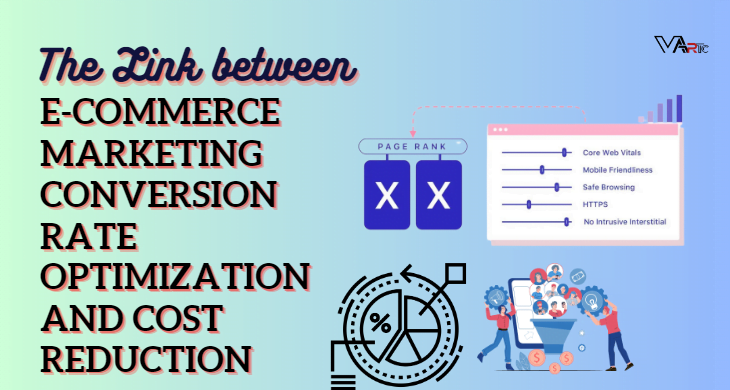Efficient conversion rate optimization (CRO) techniques can lead to substantial cost savings in e-commerce marketing campaigns. When businesses focus on improving their conversion rates, they can convert a higher percentage of website
visitors into paying customers, reducing the cost per acquisition. By enhancing the user experience, streamlining the purchasing process,and optimizing landing pages, businesses can significantly improve their conversion rates, ultimately reducing their overall marketing costs.
Enhancing User Experience for Higher Conversions
A seamless user experience plays a pivotal role in e-commerce success. By ensuring that visitors have a positive and intuitive journey on your website, you can increase the likelihood of conversion. Investing in website design, mobile optimization,and user friendly navigation can result in improved conversion rates, reducing the need for additional marketing spend
Streamlining the Purchasing Process
A complicated and time-consuming checkout process often leads to shopping cart abandonment, resulting in lost sales opportunities. By streamlining the purchasing process and reducing the number of steps required to complete a transaction,
businesses can optimize their conversion rates. Implementing features like guest checkout, one-click ordering and secure payment options can significantly enhance the customer experience and boost conversion rates.
Optimizing Landing Pages for Conversion Success
Landing pages serve as the first point of contact for potential customers.
Optimizing these pages can have a direct impact on conversion rates. By crafting
compelling headlines, persuasive copy, and irresistible calls-to-action (CTAs),
businesses can create landing pages that entice visitors to take the desired action.
A/B testing, analyzing user behavior and continuously optimizing landing page
elements can lead to significant improvements in conversion rates, translating into
cost savings.
Unlocking the Mysteries of E-commerce Marketing Conversion Rate
Optimization and Cost Reduction
Q 1: How does improving conversion rates reduce marketing costs?
By increasing conversion rates, businesses can generate more revenue from the
same marketing budget. Instead of spending additional resources on acquiring
new customers, optimizing conversion rates allows businesses to capitalize on
existing website traffic, thereby reducing marketing costs.
Q 2: Are there any specific techniques to enhance the user experience?
Yes, several techniques can enhance the user experience, such as optimizing
website speed, implementing responsive design for mobile devices, improving site
navigation & providing personalized recommendations based on user preferences.
Q 3: How can businesses streamline the purchasing process?
Businesses can streamline the purchasing process by simplifying the checkout
flow, offering multiple payment options, providing clear and concise product
information,and incorporating trust signals, such as secure payment icons and
customer reviews.
Q 4: What are the key elements of an effective landing page?
An effective landing page includes a compelling headline that grabs attention,
persuasive copy that highlights the benefits of the product or service, a clear CTA
that encourages action , and visually appealing design that captures the user’s
attention.
Q 5: How can A/B testing benefit conversion rate optimization?
A/B testing involves creating multiple variations of a webpage or element and
testing them against each other to determine which one performs better in terms
of conversion rates. By conducting A/B tests,businesses can gather valuable data
and insights about customer preferences, allowing them to make informed
decisions and optimize their conversion rates.
Q 6: Is conversion rate optimization a one-time effort?
No, conversion rate optimization is an ongoing process. Consumer behavior,
market trends, and technology are constantly evolving, which means businesses
need to continually monitor and optimize their conversion strategies to stay
competitive. Regular analysis, testing, and updates are essential to maintain and
improve conversion rates over time.
Conclusion: Harnessing the Power of Conversion Rate Optimization and Cost
Reduction
The link between e-commerce marketing conversion rate optimization and cost
reduction is undeniable. By implementing effective strategies to improve
conversion rates, businesses can reduce their marketing costs while increasing
their revenue and profitability. Enhancing the user experience, streamlining the
purchasing process and optimizing landing pages are key factors in unlocking the
potential of conversion rate optimization. By continuously monitoring and
optimizing conversion rates, businesses can stay ahead in the competitive
e-commerce landscape, maximizing their return on investment (ROI) and
achieving long-term success.

